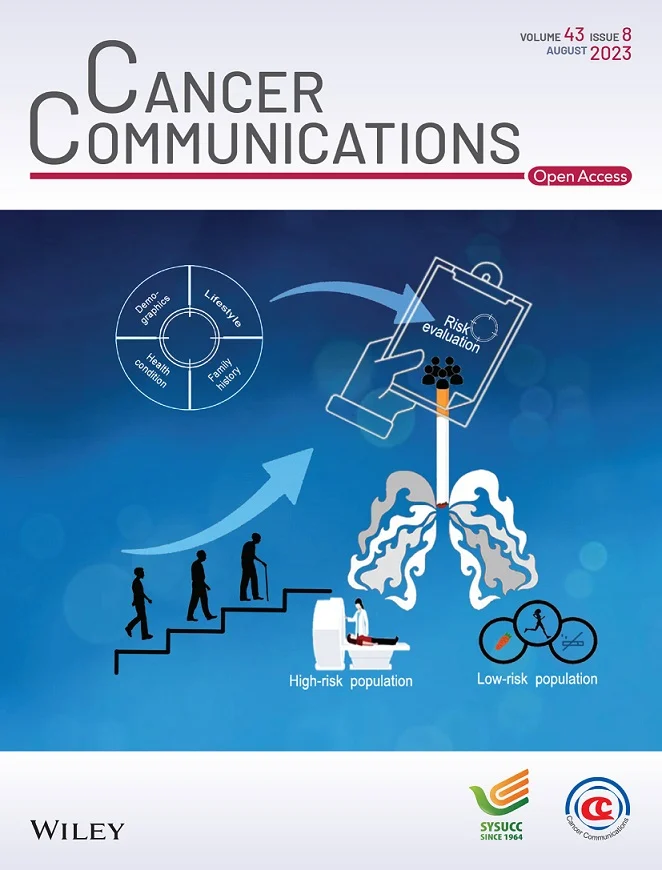LncRNA-CCAT5-mediated crosstalk between Wnt/β-Catenin and STAT3 signaling suggests novel therapeutic approaches for metastatic gastric cancer with high Wnt activity
Abstract
Background
Although the constitutively activated Wnt/β-catenin signaling pathway plays vital roles in gastric cancer (GC) progression, few Wnt inhibitors are approved for clinical use. Additionally, the clinical significance of long non-coding RNAs (lncRNAs) in GC intraperitoneal dissemination (IPD) remains elusive. Here, we investigated the function and therapeutic potential of Wnt-transactivated lncRNA, colon cancer-associated transcript 5 (CCAT5), in GC metastasis.
Methods
LncRNA-sequencing assay was performed to document abundance changes of lncRNAs induced by Wnt family member 3A (Wnt3a) and degradation-resistant β-catenin (S33Y mutated) in ascites-derived GC cells with low Wnt activity. Luciferase reporter, Chromatin immunoprecipitation (ChIP)-re-ChIP assays were performed to determine how CCAT5 was transcribed. The clinical significance of CCAT5 was examined in 2 cohorts of GC patients. The biological function of CCAT5 was investigated through gain- and loss-of-function studies. The molecular mechanism was explored through RNA-sequencing, mass spectrometry, and CRISPR/Cas9-knocknout system. The therapeutic potential of CCAT5 was examined through RNAi-based cell xenograft model and patient-derived xenograft (PDX) model of IPD.
Results
We identified a novel Wnt-regulated lncRNA, CCAT5, which was transactivated by the β-catenin/transcription factor 3 (TCF3) complex. CCAT5 was significantly upregulated in GC and predicted poor prognosis. Functional studies confirmed the promotive role of CCAT5 in GC growth and metastasis. Mechanistically, CCAT5 bound to the C-end domain of signal transducer and activator of transcription 3 (STAT3) and blocks Src homology 2 domain-containing protein tyrosine phosphatase 1 (SHP-1)-mediated STAT3Y705 dephosphorylation, leading to STAT3 nuclear entry and transactivation, thus accelerating GC progression. Furthermore, we demonstrated that both Wnt3a and β-catenin acted as activator of STAT3 signaling pathway, and the interplay between CCAT5 and STAT3 was functionally essential for Wnt-drived STAT3 signaling and tumor evolution. Finally, we revealed in vivo si-CCAT5 selectively attenuated growth and metastasis of Wnthigh GC, but not Wntlow GC. The combination of si-CCAT5 and oxaliplatin displayed obvious synergistic therapeutic effects on Wnthigh PDX mice.
Conclusions
We identified a novel Wnt-transactivated lncRNA, CCAT5. Our study revealed a mechanism of STAT3 signaling regulation via canonical Wnt signaling and the functional significance of CCAT5 as critical mediator. We provided conceptual advance that lncRNAs serve as therapeutic targets reversing GC progression.


 求助内容:
求助内容: 应助结果提醒方式:
应助结果提醒方式:


